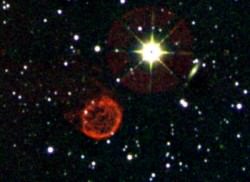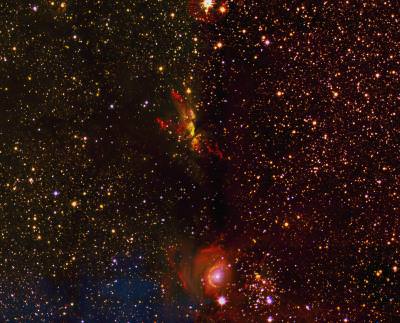Jets — narrow beams of matter spat out at a high speed — typically accompany the most enigmatic astronomical objects. We see them wherever gas accretes onto compact objects, such as newborn stars or black holes. But never before have astronomers detected so many at once.
This remarkable discovery is expected to prompt significant changes in our understanding of the planetary nebulae population in the Galaxy, as well as properties of jets ejected from young forming stars.
The results come from a five-year survey (officially dubbed UWISH2) covering approximately 180 degrees of the northern sky, or 1450 times the size of the full moon. The survey utilizes the 3.8-meter UK Infrared Telescope on Mauna Kea, Hawai’i.

At these longer wavelengths, any cosmic dust becomes transparent, allowing us to see regions previously hidden from view. This includes jets from protostars and planetary nebulae, as well as supernova remnants, the illuminated edges of vast clouds of gas and dust, and the warm regions that envelope massive stars and their associated clusters of smaller stars.
Based on current estimates using these data, the project expects to identify about 1000 jets from young stars — at least 90 percent of which are new discoveries — as well as 300 planetary nebulae — at least 50 percent of which are also new.
“These discoveries are very exciting,” said lead author Dirk Froebrich from the University of Kent in a press release. “We will ultimately have much better statistics, meaning we will be able to investigate the physical mechanisms that determine the jet lengths, as well as their power. This will bring us much closer to answering some of the fundamental questions of star formation: How are these jets launched and how much energy, mass and momentum do they feed back into the surrounding interstellar medium.”

